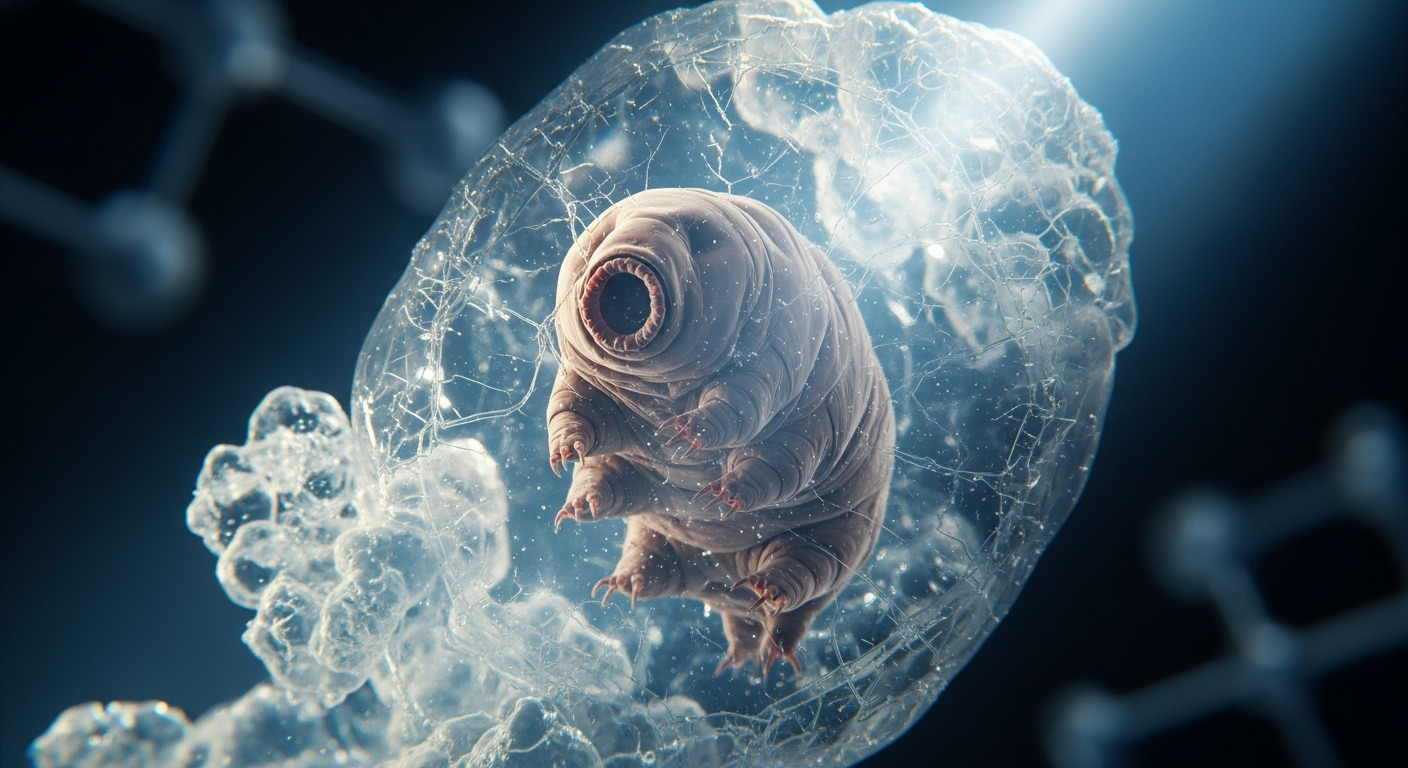The Enigmatic World of Marine Tardigrades
Explore the fascinating realm of marine tardigrades, microscopic creatures that defy the limits of survival in Earth's harshest underwater environments. These resilient organisms, often called "water bears," have captured the imagination of scientists and nature enthusiasts alike. Join us on a journey into the depths of the ocean to uncover the secrets of these remarkable beings and their potential impact on marine ecosystems and scientific research.

The Evolution of Marine Tardigrades
Marine tardigrades have a long evolutionary history dating back over 500 million years. These ancient creatures have survived multiple mass extinction events, adapting to changing ocean conditions throughout the ages. Fossil evidence suggests that marine tardigrades diverged from their terrestrial relatives during the Cambrian period, developing specialized traits to thrive in aquatic environments.
Over time, marine tardigrades evolved unique features such as modified claws for gripping underwater surfaces, streamlined bodies for efficient movement through water, and specialized osmoregulatory systems to maintain internal balance in saline environments. These adaptations have allowed them to colonize diverse marine habitats, from the intertidal zone to the deep sea.
Remarkable Survival Mechanisms
One of the most astonishing aspects of marine tardigrades is their ability to enter a state of cryptobiosis, a form of suspended animation that allows them to withstand extreme environmental stresses. When faced with adverse conditions such as dehydration, freezing temperatures, or high pressure, marine tardigrades can reduce their metabolic activity to near-zero levels and remain in this state for years.
During cryptobiosis, marine tardigrades produce special proteins and sugars that protect their cellular structures from damage. This remarkable ability has enabled them to survive exposure to the vacuum of space, radiation levels thousands of times higher than what humans can tolerate, and pressures found in the deepest ocean trenches.
Diverse Habitats and Ecological Roles
Marine tardigrades are found in a wide range of aquatic ecosystems, from coastal rock pools to hydrothermal vents on the ocean floor. They play important roles in marine food webs, serving as both predators and prey for other microscopic organisms. Some species of marine tardigrades form symbiotic relationships with algae, bacteria, or other marine invertebrates, contributing to the complex interactions within marine ecosystems.
In deep-sea environments, marine tardigrades have been discovered living in extreme conditions such as high-pressure hydrothermal vents and methane seeps. Their ability to thrive in these harsh environments makes them valuable indicators of ecosystem health and potential sources of novel compounds for biotechnological applications.
Scientific Significance and Future Research
The unique properties of marine tardigrades have attracted significant scientific interest in recent years. Researchers are studying their genetic makeup and physiological adaptations to gain insights into extreme survival mechanisms that could have applications in fields such as medicine, space exploration, and materials science.
One area of particular interest is the potential use of tardigrade-inspired technologies in preserving biological materials, such as vaccines and organs for transplantation. Scientists are also investigating the possibility of using marine tardigrades as model organisms for studying the effects of climate change and ocean acidification on marine ecosystems.
Conservation Challenges and Opportunities
Despite their resilience, marine tardigrades face threats from human activities such as pollution, habitat destruction, and climate change. The loss of these microscopic organisms could have far-reaching consequences for marine ecosystems and the valuable scientific knowledge they hold.
Conservation efforts focused on marine tardigrades are still in their infancy, but researchers are working to raise awareness of their ecological importance and unique adaptations. Future studies aim to better understand the distribution and diversity of marine tardigrades, as well as their potential roles in ecosystem functioning and biogeochemical cycles.
As we continue to explore the enigmatic world of marine tardigrades, these tiny creatures offer a window into the incredible diversity and resilience of life on Earth. Their ability to survive in extreme conditions not only challenges our understanding of the limits of life but also inspires new approaches to solving complex scientific and environmental challenges. By unraveling the secrets of these remarkable organisms, we may unlock new possibilities for sustainable technologies and gain valuable insights into the preservation of our planet’s precious marine ecosystems.




